
White-tailed Deer (Odocoileus virginianus)
The White-tailed Deer (Odocoileus virginianus), also known commonly as the whitetail and the Virginia deer, is a medium-sized species of deer native to North America, Central America, and South America as far south as Peru and Bolivia, where it predominately inhabits high mountain terrains of the Andes. It has also been introduced to New Zealand, all the Greater Antilles in the Caribbean (Cuba, Jamaica, Hispaniola, and Puerto Rico),[3] and some countries in Europe, such as the Czech Republic, Finland, France, Germany, Romania and Serbia.[4][5] In the Americas, it is the most widely distributed wild ungulate.
Andean White-tailed Deer at Antisana National Park, Ecuador
In North America, the species is widely distributed east of the Rocky Mountains as well as in southwestern Arizona and most of Mexico, except Lower California. It is mostly displaced by the black-tailed or mule deer (Odocoileus hemionus) from that point west except for mixed deciduous riparian corridors, river valley bottomlands, and lower foothills of the northern Rocky Mountain region from Wyoming west to eastern Washington and eastern Oregon and north to northeastern British Columbia and southern Yukon, including in the Montana valley and foothill grasslands. The westernmost population of the species, known as the Columbian white-tailed deer, was once widespread in the mixed forests along the Willamette and Cowlitz River valleys of western Oregon and southwestern Washington, but current numbers are considerably reduced, and it is classified as near-threatened. This population is separated from other white-tailed deer populations.
Texas is home to the most white-tailed deer of any U.S. state or Canadian province, with an estimated population of 5.3 million. High populations of white-tailed deer exist in the Edwards Plateau of central Texas. Michigan, Minnesota, Iowa, Mississippi, Missouri, New Jersey, Illinois, Wisconsin, Maryland, New York, North Dakota, Ohio, and Indiana also boast high deer densities. The conversion of land adjacent to the Canadian Rockies to agriculture use and partial clear-cutting of coniferous trees, resulting in widespread deciduous vegetation, has been favorable to the white-tailed deer and has pushed its distribution to as far north as Yukon. Populations of deer around the Great Lakes have expanded their range northwards, also due to conversion of land to agricultural use, with local caribou, elk, and moose populations declining. White-tailed deer are crepuscular, meaning they are most active during the dawn and dusk hours.
Dakota White-tailed Deer in the Badlands National Park
Some taxonomists have attempted to separate white-tailed deer into a host of subspecies, based largely on morphological differences. Genetic studies,[clarification needed] however, suggest fewer subspecies within the animal's range, as compared to the 30 to 40 subspecies that some scientists have described in the last century. The Florida Key deer, O. v. clavium, and the Columbian white-tailed deer, O. v. leucurus, are both listed as endangered under the U.S. Endangered Species Act. In the United States, the Virginia white-tail, O. v. virginianus, is among the most widespread subspecies. Several local deer populations, especially in the Southern United States, are descended from white-tailed deer transplanted from various localities east of the Continental Divide. Some of these deer populations may have been from as far north as the Great Lakes region to as far west as Texas, yet are also quite at home in the Appalachian and Piedmont regions of the south. These deer, over time, have intermixed with the local indigenous deer (O. v. virginianus and/or O. v. macrourus) populations.
Central and South America have a complex number of white-tailed deer subspecies that range from Guatemala to as far south as Peru. This list of subspecies of deer is more exhaustive than the list of North American subspecies, and the number of subspecies is also questionable. However, the white-tailed deer populations in these areas are difficult to study, due to overhunting in many parts and a lack of protection. Some areas no longer carry deer, so assessing the genetic difference of these animals is difficult.
There are 26 subspecies; seventeen of these occur in North America, ordered alphabetically. (Numbers in parentheses are range map locations.)
North and Central America
Coue’s White-tailed Deer (Odocoileus virginianus couesi) in Cave Creek, AZ
O. v. acapulcensis (1)– (Southern coastal Mexico)
O. v. borealis (2)– northern white-tailed deer (the largest and darkest of the white-tailed deer)
O. v. carminis (4)– Carmen Mountains white-tailed deer (Texas-Mexico border)
O. v. chiriquensis (5)– (Panama)
O. v. clavium (6)– Key deer or Florida Keys white-tailed deer
O. v. couesi (7)– Coues' white-tailed deer, Arizona white-tailed deer, or fantail deer
O. v. dacotensis (9)– Dakota white-tailed deer or northern plains white-tailed deer (most northerly distribution, rivals the northern white-tailed deer in size)
O. v. hiltonensis (12)– Hilton Head Island white-tailed deer
O. v. leucurus (13)– Columbian white-tailed deer (Oregon and western coastal area)
O. v. macrourus (14)– Kansas white-tailed deer
O. v. mcilhennyi (15)– Avery Island white-tailed deer
O. v. mexicanus (17)– (central Mexico)
O. v. miquihuanensis (18)– (northern central Mexico)
O. v. nelsoni (19)– (southern Mexico to Nicaragua)
O. v. nemoralis (20)– Nicaraguan white-tailed deer (Gulf of Mexico to Suriname in South America; further restricted from Honduras to Panama)
O. v. nigribarbis (21)– Blackbeard Island white-tailed deer
O. v. oaxacensis (22)– (southern Mexico)
O. v. ochrourus (23)– northwestern white-tailed deer or northern Rocky Mountains white-tailed deer
O. v. osceola (24)– Florida coastal white-tailed deer
O. v. rothschildi (26)– (Coiba Island, Panama)
O. v. seminolus (27)– Florida white-tailed deer
O. v. sinaloae (28)– (southern Mexico)
O. v. taurinsulae (29)– Bulls Island white-tailed deer (Bulls Island, South Carolina)
O. v. texanus (30)– Texas white-tailed deer
O. v. thomasi (31)– (southern Mexico)
O. v. toltecu (32)– (southern Mexico to El Salvador)
O. v. venatorius (35)– Hunting Island white-tailed deer (Hunting Island, South Carolina)
O. v. veraecrucis (36)– (eastern coastal Mexico)
O. v. virginianus (37)– Virginia white-tailed deer or southern white-tailed deer
O. v. yucatanesis (38)– (northern Yucatán, Mexico)
O. v. nemoralis, female, Costa Rica
O. v. nelsoni, fawn about two weeks old, Belize
South America
O. v. cariacou (3)– (French Guiana and northern Brazil)
O. v. curassavicus (8)– (Curaçao)
O. v. goudotii (10)– (Colombia (Andes) and western Venezuela)
O. v. gymnotis (11)– South American white-tailed deer (northern half of Venezuela, including Venezuela's Llanos region)
O. v. margaritae (16)– (Margarita Island)
O. v. nemoralis (20)– Nicaraguan white-tailed deer (Gulf of Mexico to Suriname in South America; further restricted from Honduras to Panama)
O. v. peruvianus (25)– South American white-tailed deer or Andean white-tailed deer (most southerly distribution in Peru and possibly Bolivia)
O. v. tropicalis (33)– Peru and Ecuador (possibly Colombia)
O. v. ustus (34)– Ecuador (possibly southern Colombia and northern Peru)
Andean White-tailed Deer (Odocoileus virginianus ustus) from Antisana and other locations in Ecuador





































































Coues’ White-tailed Deer (Odocoileus virginianus couesi) - Cave Creek Ranch and Canyon and Madera Canyon Arizona




























































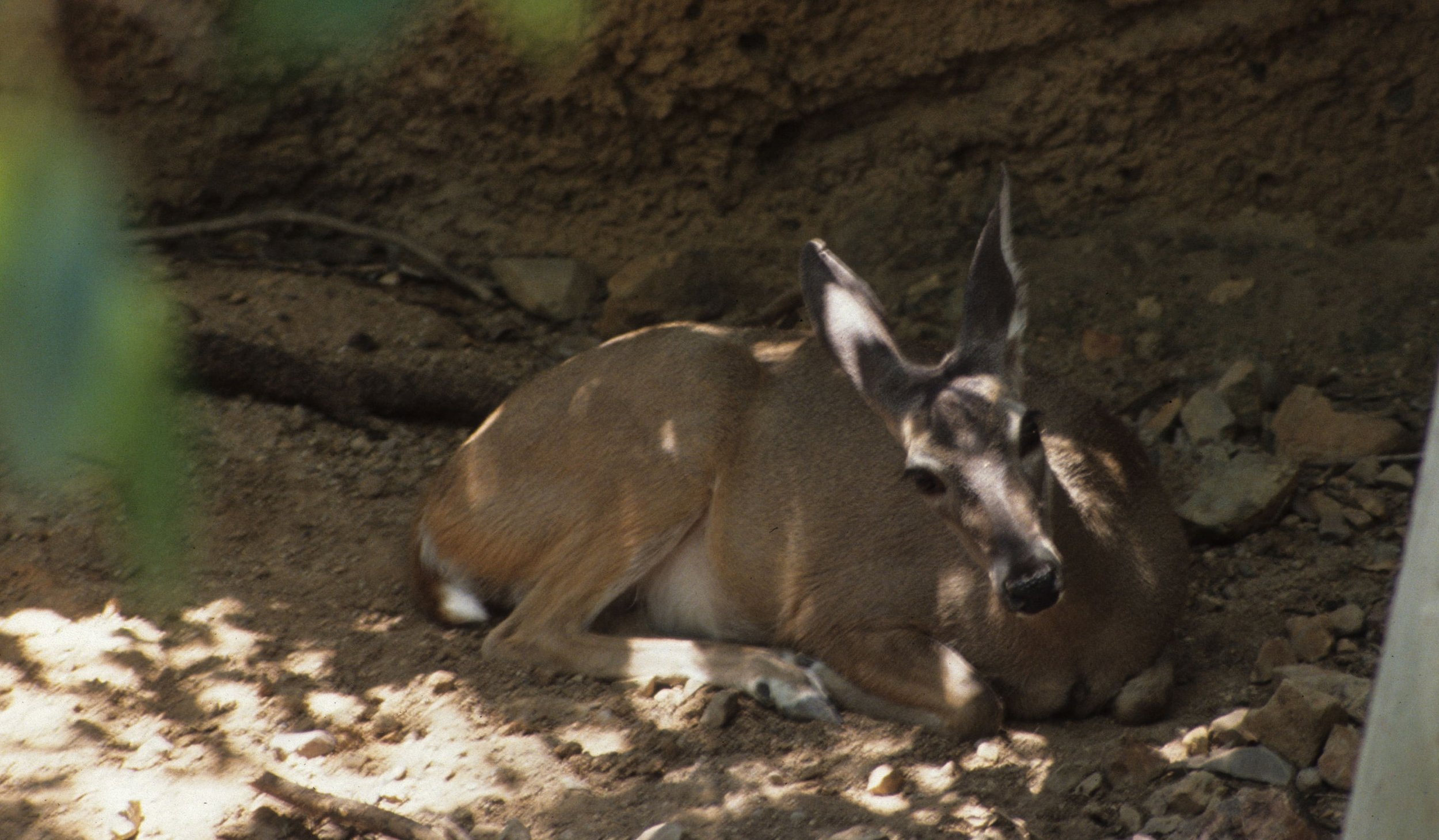
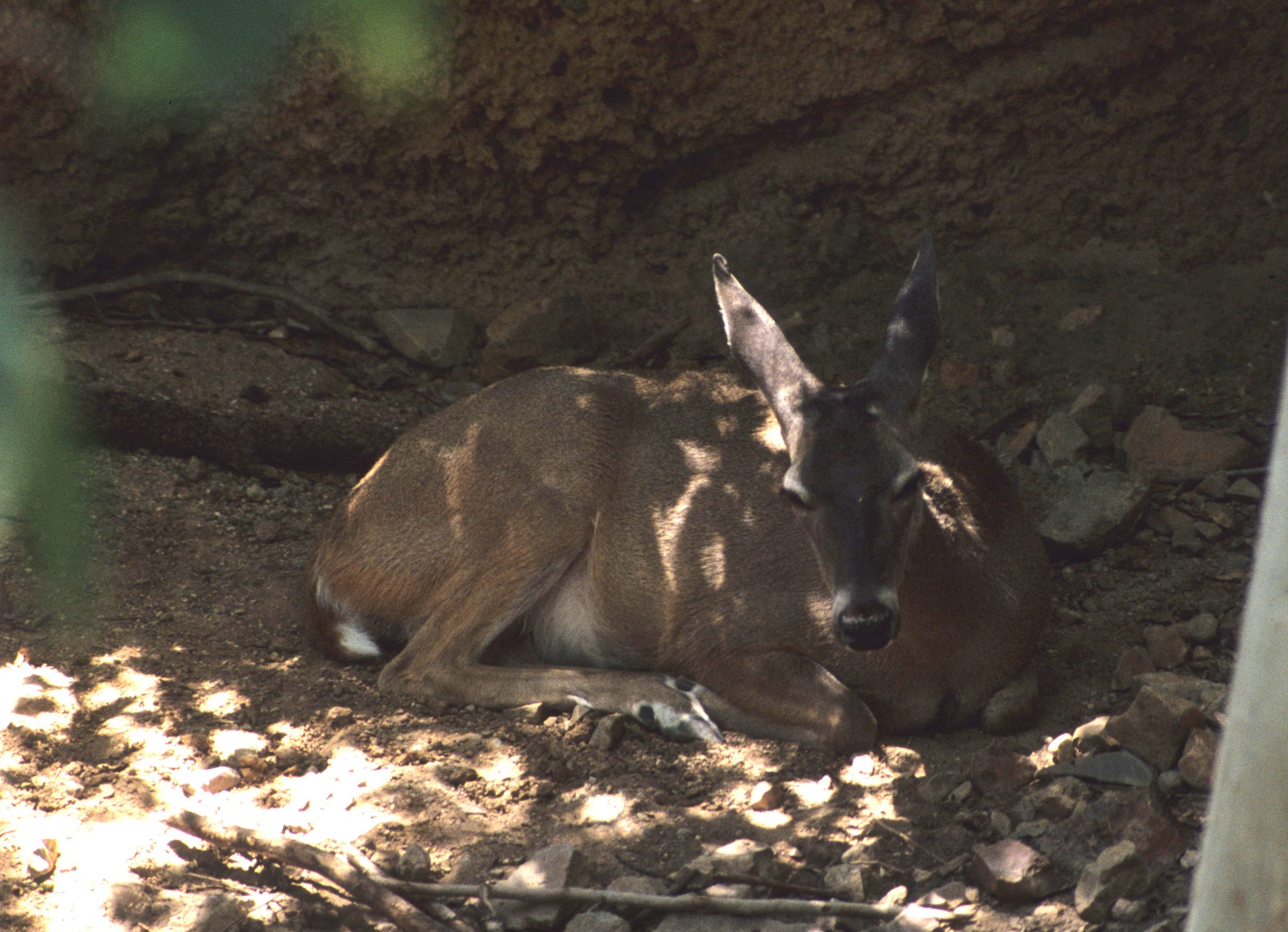
Northern White-tailed Deer (Odocoileus virginianus borealis) - Illinois, suburban Chicago












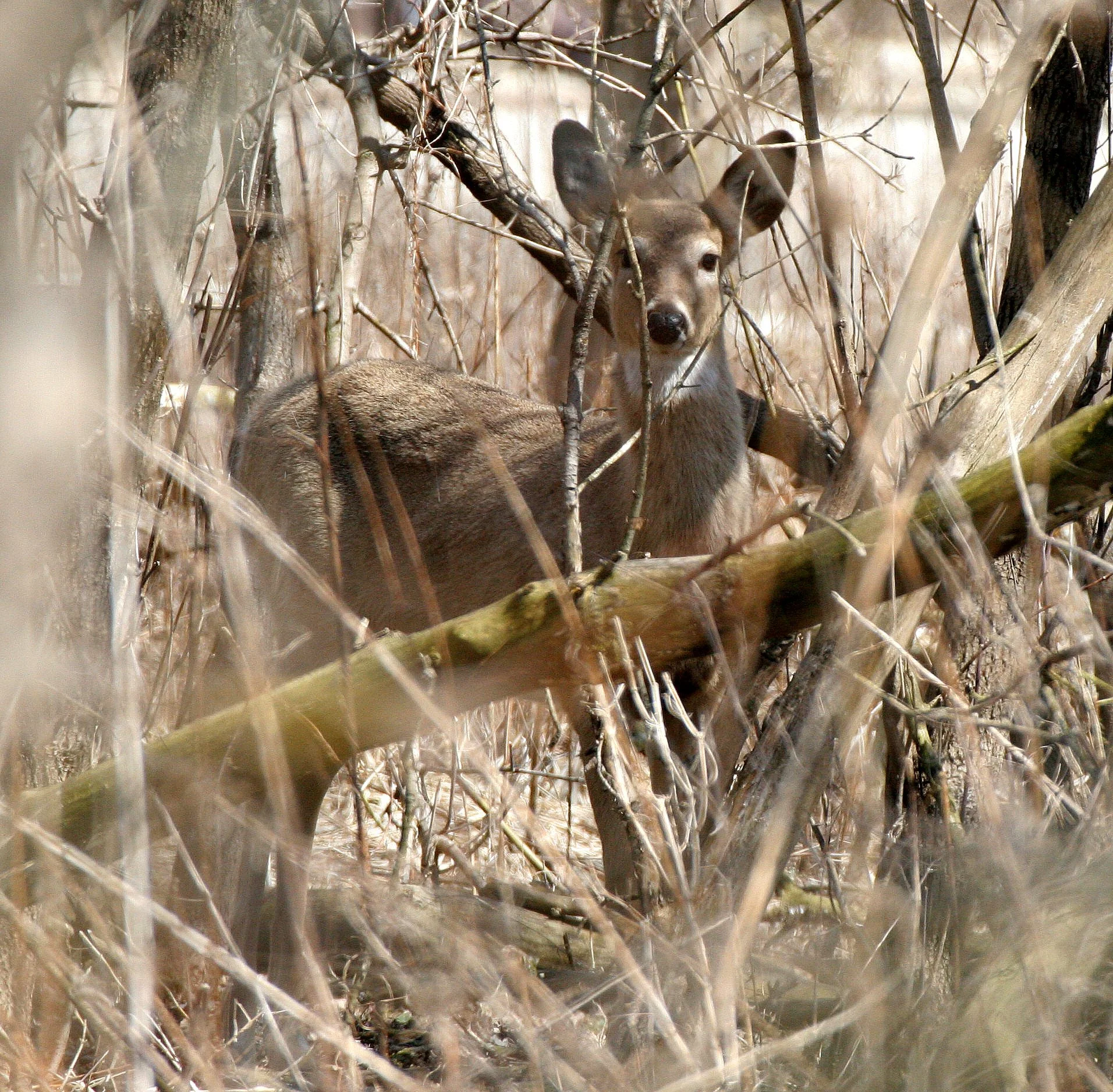








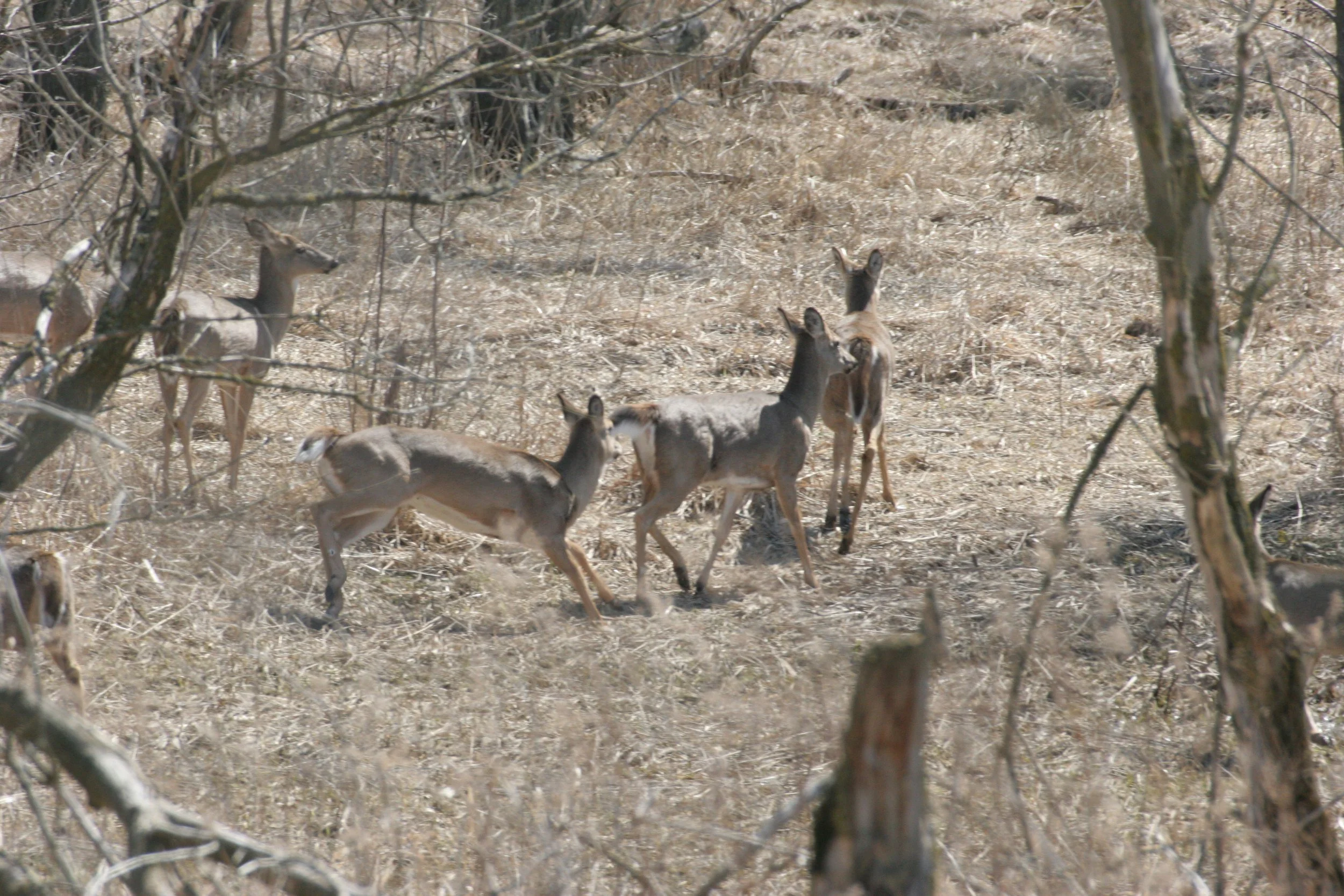






























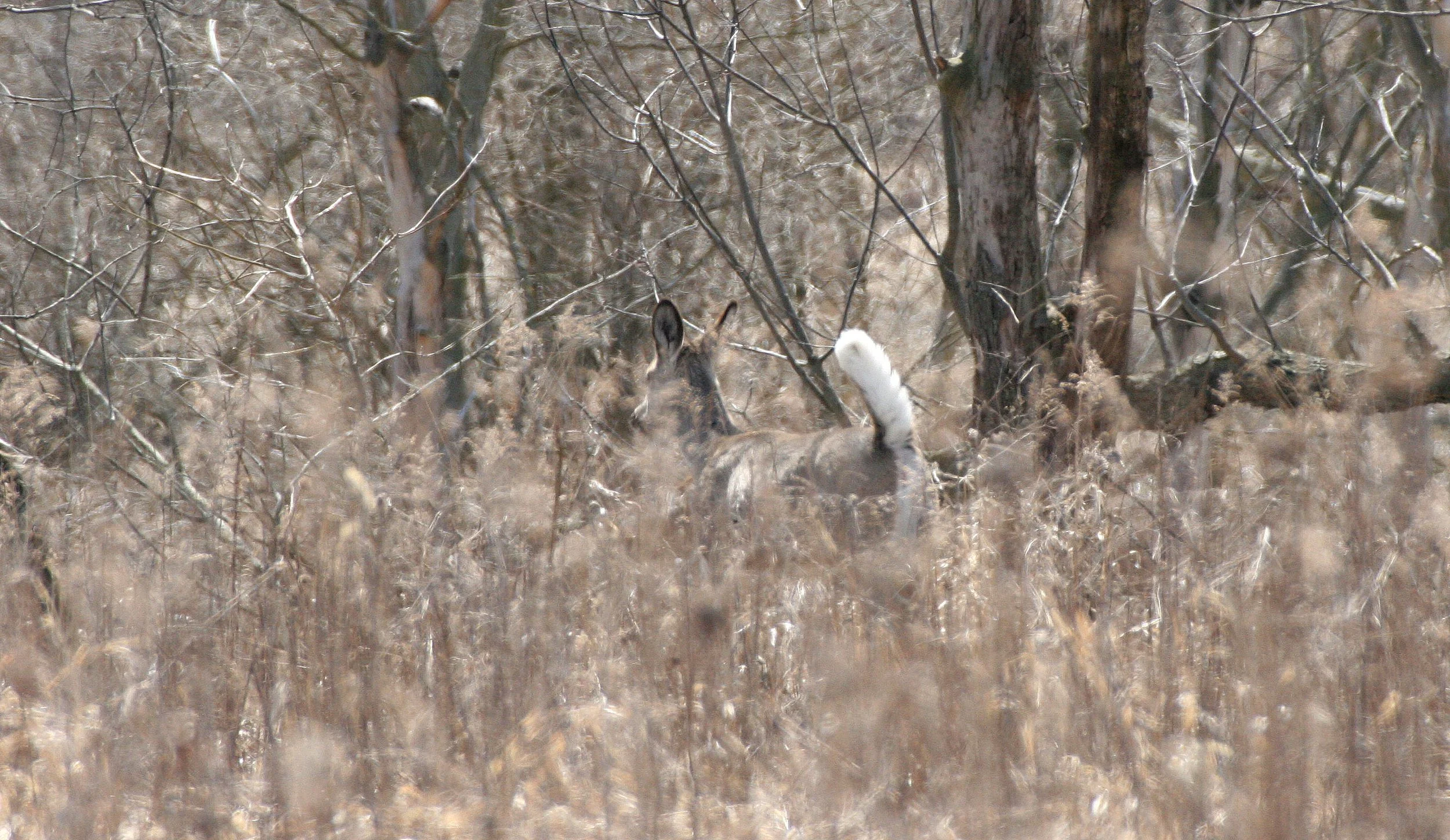






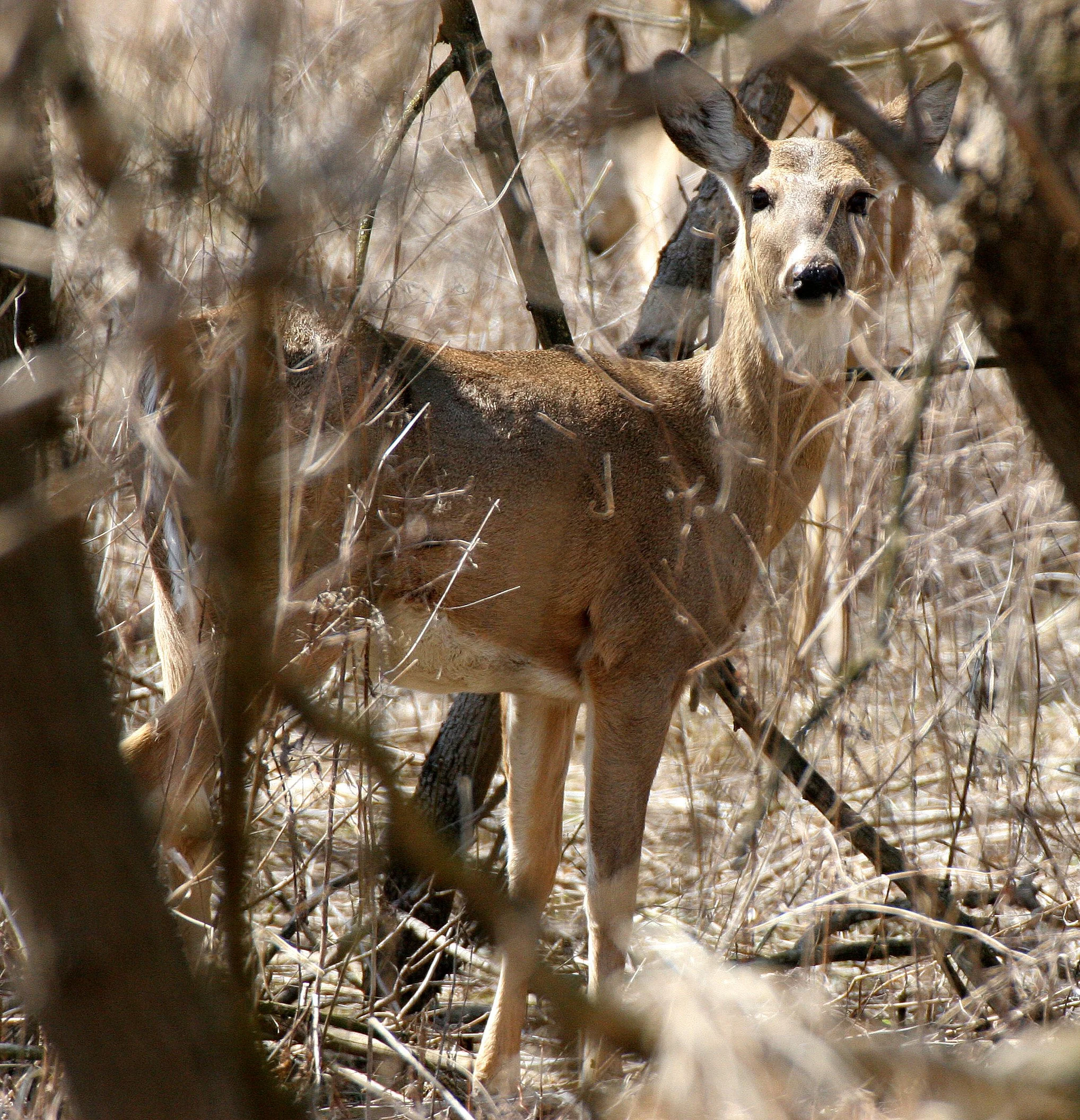



Dakota White-tailed Deer (Odocoileus virginianus dakotensis) - Badlands National Park, South Dakota







